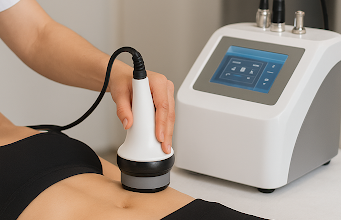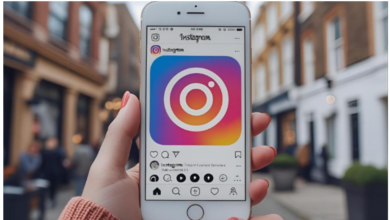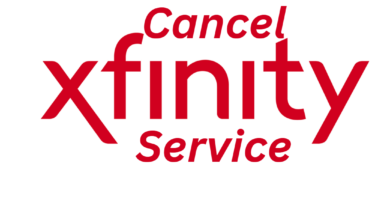When to Use PNG, JPEG and SVG: A Quick Visual Format Guide
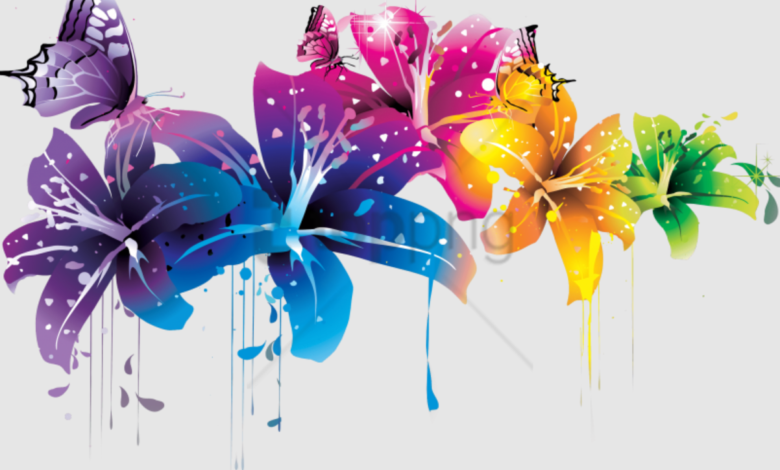
Choosing the right image format can make your design better and your website faster. Each file type—PNG, JPEG, and SVG—has its own use. Picking the wrong one can make your pictures blurry or too big to load quickly. That’s why it’s important to know when to use each format.
If you’re working on digital art, logos, or social media posts, check out png images from Creative Fabrica. It’s a great place to download high-quality PNG images for any design project.
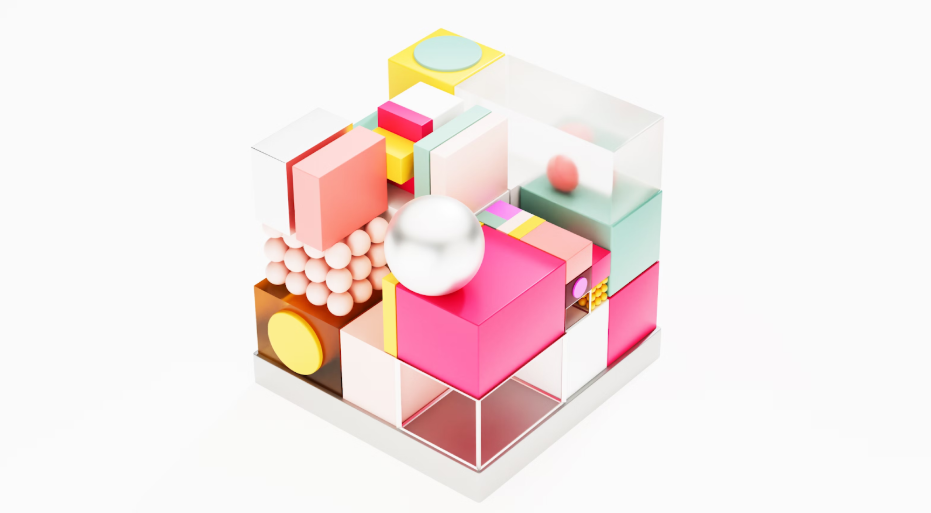
What Is a PNG and When Should You Use It?
PNG is short for Portable Network Graphics. It’s a file type that shows images with very good quality. PNG files don’t lose any details when saved. This is called “lossless compression.” PNG is perfect for images that need clear, sharp lines—like logos, icons, or screenshots.
One of the best things about PNG is that it allows a transparent background. This is great if you want your design to blend with different colors or layers. If you are posting on social media or making a website, PNG images will look clean and professional.
Design expert Aida González Vázquez explains:
“PNG stands for Portable Network Graphics. This format supports raster graphics without losing quality. It’s common to use PNG files for logo and web design. PNG files provide a transparent or semi-transparent background.”
You should choose PNG when you need:
- High-quality images with sharp edges
- Transparent backgrounds
- Images that won’t lose detail when resized or saved again
PNG files are larger than JPEG, so they might not be best for big photos. But for digital artwork or printables, PNG is a smart choice.
JPEG: Great for Photos and Fast Loading
JPEG stands for Joint Photographic Experts Group. It is the most common image format used on the web today. JPEG images use “lossy compression,” which means they lose some detail when saved. But the trade-off is that they are much smaller in size, so they load faster on websites.
JPEG is best for photos, especially if they have lots of colors and textures. It works well for blog posts, social media, and online shops where speed is important.
If you use too much compression, JPEG images can look blurry or blocky. So it’s important to find the right balance between file size and image quality.
You should use JPEG when:
- You have photos or real-life images
- You want your website to load quickly
- You don’t need a transparent background
JPEG is not ideal for sharp shapes, icons, or text. For those, PNG or SVG is better. But for travel pictures, product photos, or blog banners, JPEG is often the best choice.
SVG: The Best Choice for Icons and Graphics
SVG means Scalable Vector Graphics. This format is not a photo like JPEG or PNG. Instead, it uses math to draw shapes and lines. That means SVG files can be resized to any size without losing quality. They stay sharp on big screens and tiny phones.
SVG is perfect for logos, icons, charts, and buttons. If you’re building a website or app, SVG makes sure your graphics always look clean and sharp.
SVG files are usually very small in size. This makes your site load faster. Also, because they are code-based, you can even change their color or shape with a few lines of code—without making a new file.
Use SVG when:
- You want graphics that scale to any size
- You are designing a website or app
- You want fast-loading files
However, SVG is not good for detailed images or photos. Use JPEG or PNG for those. SVG is great for simple shapes and clean designs.
Choosing the Right Format for Each Project
Every image format has its best use. To make the right choice, think about what kind of image you are working with. Do you need a photo or a graphic? Do you want a clear background or just fast loading?
Here’s a quick way to decide:
PNG is best for:
- Clear images with transparent backgrounds
- Logos, stickers, and art files
- High-quality designs that must stay sharp
JPEG is best for:
- Colorful photos with lots of details
- Blog headers, product listings, and galleries
- Fast-loading websites with many images
SVG is best for:
- Icons, buttons, and shapes that change size
- Web and app design
- Simple, modern logos that scale perfectly
Try different formats and see what works best. Creative Fabrica has thousands of png files ready to use, whether you’re building a brand or just having fun with designs.
Remember, good design isn’t only about what looks pretty. It’s also about what works well. Choosing the right format helps your projects look better and work faster.
Final Thoughts
Choosing the right image format is easier when you know what each one does best. PNG is great for clear images and transparent backgrounds. JPEG works well for colorful photos and fast loading. SVG is perfect for sharp, scalable graphics like icons and logos.
Think about what your project needs—quality, speed, or flexibility. The right format helps your designs look better and load faster.

